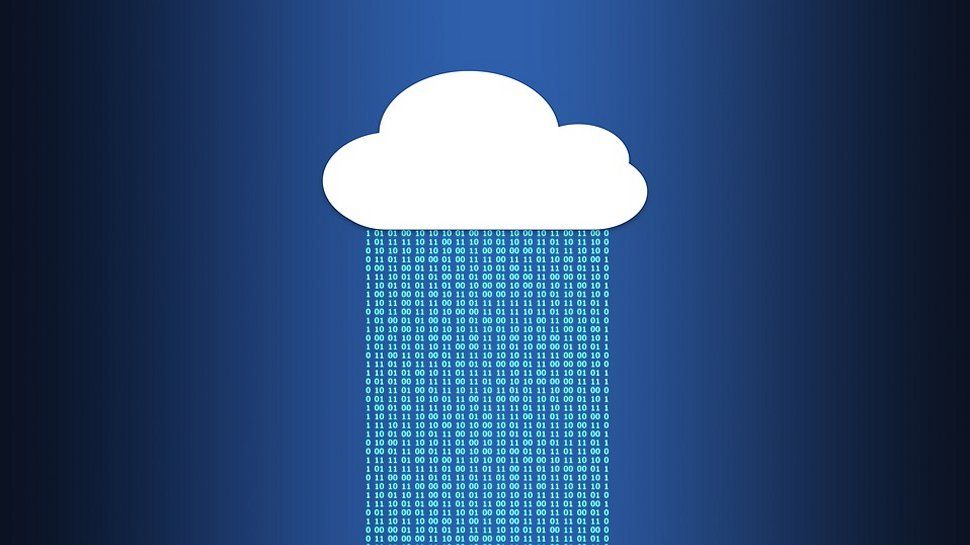After the Crowdstrike Incident In late July 2024, Windows shed light on its absolute dominance in the enterprise space, so users can take some relief in knowing that Linux, an ever-rising operating system, could be on track to reach a 5% market share by 2025.
Although new data from Statistics counterProviding data for July 2024, it shows that Windows remains the unconditional favorite with a 72% market share, while Linux recorded a 4.5% market share.
This could be good news for anyone who isn't already in the Apple ecosystem or wants to get out of it, or who is unhappy with Microsoft's endless attempts to turn Windows into a service.
Linux and your small business
As our sister site Tom's Hardware has noted, Linux's rise hasn't been a bed of roses. While it reached 4% at the end of February 2024, it then fell back to 3.9% in April and May. However, this latest result shows that progress is coming quickly and strongly, and if the current trajectory of alternative OS market share holds, it will reach 5% by February 2025.
Windows and MacOS are ubiquitous names in the operating system space, and Crowdstrike has shown, in the case of the former, that many companies are also looking for brand recognition and, more pertinently, interoperability with existing Windows client systems.
However, Linux offers several advantages over either of these two systems that are pertinent to a smaller business environment, should you be willing to convince your system administrator to acknowledge their existence. The first and most important is price: an overwhelming majority of Linux Distributions (popular ones include Ubuntu, Linux Mint, and Zorin OS) are either free or offer modestly priced versions that include additional productivity tools (Zorin OS Pro, for $47.99/£47.99, is one example).
Meanwhile, legal use of macOS requires purchasing premium hardware that costs hundreds or thousands of dollars, and Windows 11 Pro, even before you are pressured to buy Microsoft 365's subscription-based collaboration tools, costs $199.
That will help drive adoption in the future, but for now, a key factor in Linux's immediate rise are popular distributions that are leaning heavily on features and graphical user interfaces (GUIs) that are not only intuitive, but look significantly like the “big two.”
Ubuntu (the operating system this author uses) combines a Windows-like taskbar with the MacOS “Launchpad” for applications, as well as an “app store” offering applications from various distributions (“flatpaks”) from the popular Flathub app distribution platform. The average user or employee can get by without ever touching the command line, and has done so for several years.
In truth, even a 5% market share wouldn't break any records or expectations, but it's no surprise that Linux is at its best when its competitors seem committed to the “walled garden” philosophy. If you're not convinced, consider Universal Windows Platform (UWP) apps, the increasing reliance on Microsoft accounts to set up Windows in the first place, and Apple since the beginning of recorded time, in 2007 AD.









